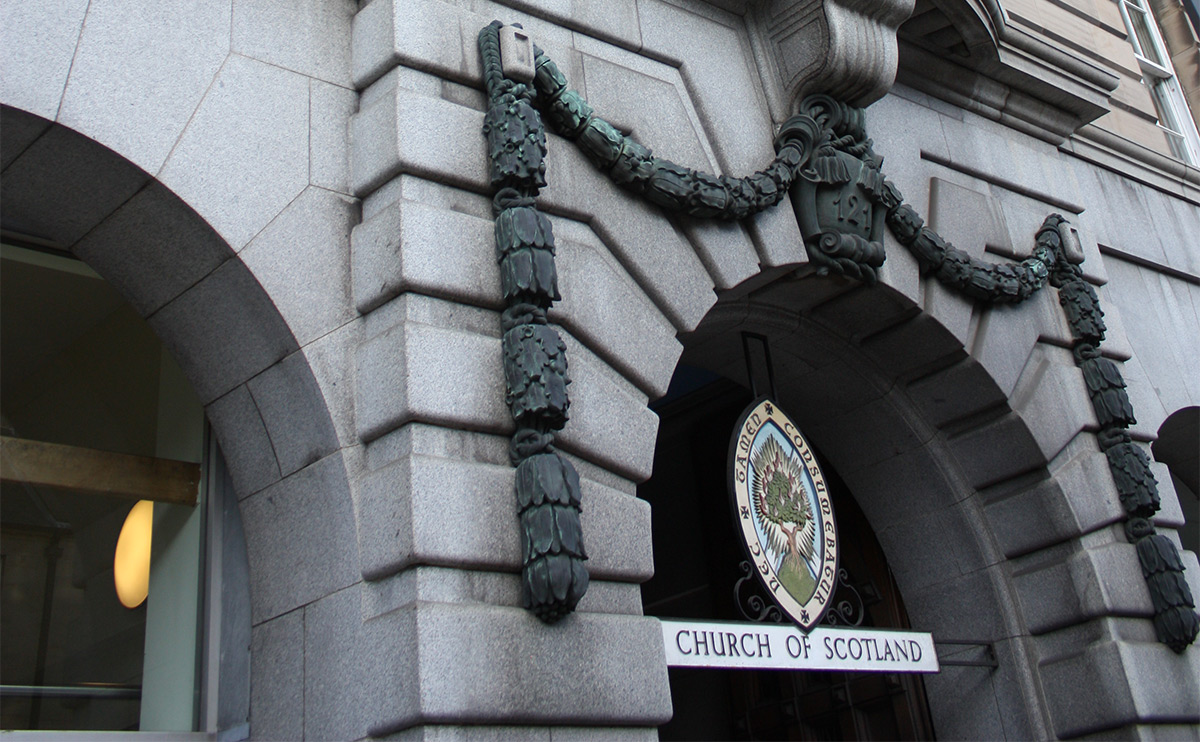Making the most of 121

Any of you who have visited 121 George Street over the years will be aware of the challenges faced in managing and maintaining an old and ageing building.
It would be fair to say that 121 George Street in Edinburgh has a certain reputation across the Church – my experiences elsewhere suggest that most national offices do conjure up certain emotions and we are no different in that respect.
Most people are really swayed in their opinion when they have to visit the building or interact with the many dedicated people that work there – I certainly found that it was nothing like it was portrayed to me when I arrived as Chief Officer five years ago. In my monthly meeting with the Moderator, the Rt Rev Dr Shaw Paterson, he remarked on how impressed he was with both the staff, who are a wonderful asset, and all the changes we have been making to the use of the building and the income being generated. He also wondered why we had not communicated what we were doing more broadly across the Church and I agreed that we should update you on our progress in making the most out of 121.
At our General Assembly in 2023 it was agreed that any decision on the future of the building in George Street should be deferred for five years which gave us some time to realise the potential that the building offered us whilst still retaining the option for a sale at a later date.
Any of you who have visited 121 George Street over the years will be aware of the challenges faced in managing and maintaining an old and ageing building. To look after the asset needs funding, just like our church buildings, and this had not been available in recent times given our increasing financial constraints. However, changes to the way we use our office space have enabled income generation, facilitated organisational restructuring, supported removal of silos and encouraged greater collaboration and innovation. The consolidation within the national office has enabled us to move from having staff working on four floors to two and has released two floors of surplus office space to generate income, fulfilling a task set by the Assembly Trustees to make better use of our assets. By attracting external tenants to move in, we have been able to use this letting income to recover the costs associated with the changes made within 12 months, whilst improving the building's fabric and generating new, recurring future income. We now generate £296,000 per annum through rental and are on target to meet our goal of £500,000 per annum over the next 12 to 18 months.
Our new tenants are mainly charities or small independent businesses.
Embracing new ways of working and use of IT, is supporting new ways to connect, such as increased use of online meetings to bring people together more effectively and reduce our costs and carbon footprint with reduced delegate travel. The surplus meeting capacity that this has released is being hired out to other organisations and we expect to generate a further £10,000 from these lettings alone this year.
A further benefit of co-location with tenants is a reduction in our carbon footprint through reduction of the area we occupy, thus sharing resources and overheads with the other organisations.
Hybrid working and online meetings have greatly reduced our travel carbon footprint. As we refit old work areas we have been rolling out a programme of replacing old fluorescent tubes and incandescent bulbs within the office with approximately 75% now converted to energy saving LEDs. Recycling initiatives have also seen a reduction in general waste tracked on a monthly basis along with carbon emissions from travel.
In conclusion, this is an example of us making the most out of what we have, enhancing the value of our asset and generating sustainable future income whilst as a team we continue to prioritise our work to meet the local need and strive to further reduce our costs.
Take care and God Bless,
Dave.